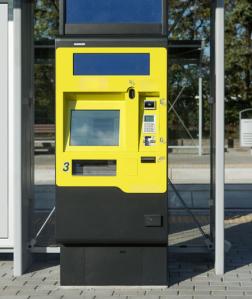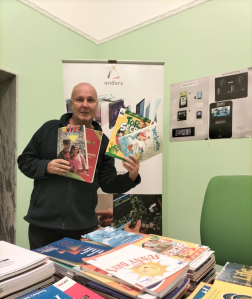Precision farming, sustainable agriculture, vertical farming, crop management, and agro-processing are some of the essential aspects of Agritech that are benefiting from advances in technology to improve efficiency and productivity.
If you have an outdoor display system, it can be really tough to keep it working well, especially for Agritech markets. The devices are exposed to extreme heat and cold, as well as rainwater, mud, dirt, and dust. The display needs to be strong enough to survive any external impacts, whether they're accidental or on purpose. It also needs to be readable in bright sunlight or complete darkness.
- Sunlight readability
- Thermal management
- Component specification
- Strengthened glass
- Flawless Touch operation
This combination of requirements is not unique to the the Agritech market, they are also a feature of most industrial display designs, so this extreme case contains lessons for everyone.
Improving display readability outdoors
The best way to make your display readable in sunlight is to make sure it has a really bright backlight and to use optical bonding between the cover glass and the display. This will improve readability and eliminate internal reflections between different layers of the glass.
However, increasing the brightness of the backlight, will draw more power and create more heat, so proper thermal management is important.
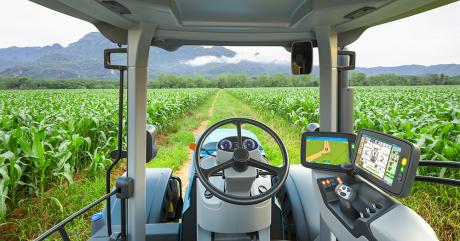
Thermal management
When you have a display that's exposed to the sun, you need to make sure it doesn't get too hot, so thermal management is imperative.. Fitting an Infra-red filter is one option to protect the display from IR radiation and prevent display damage or failure, but it can be expensive.
UV resistance materials are also important to protect the display from damage caused by ultraviolet radiation, including incorrect operation of semi-conductor devices used by displays and touchsceens.
An outdoor system needs to be sealed to IP65, which precludes the use of forced cooling like fans, as well as the provision of apertures. The best solution is to fit a heat sink, though of course this will increase the size and weight of the system.
Coping with maximum temperatures
The display components need to be able to handle the maximum anticipated temperature. The polarisers and liquid crystal fluid can be particularly affected by high temperatures.
Standard polarisers have a temperature range of -20° to +70°C, but extended temperature range solutions with -30° to +85°C are available.
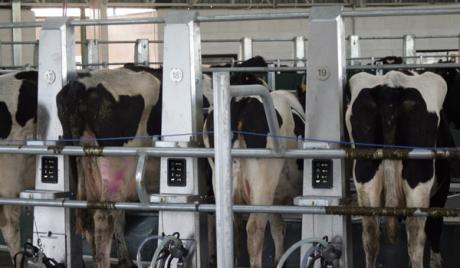
Flawless touch operation
Smooth capacitive touch interaction is important to ensure that Agritech professionals can use their touchscreen devices without interruption or loss of productivity, allowing them to make real-time decisions based on accurate data. The use of high performance grade ICs and fine tuned firmware to ensure flawless operation is maintained in all weather conditions and using gloved hands is key.
A tailored coverlens solutions can provide vital functionality including extended touch surface, hidden til lit icons and clear icon printing.
Strengthening the glass to prevent damage
For Agritech applications such as farm vehicles or milking stations, strengthened glass is a must.
The units need to stand up to external impacts and machine vibration, as well as cope with extremes in environmental conditions.
Glass strengthening can be achieved using different methods to ensure it can still perform perfectly regardless of whatever is thrown at it.
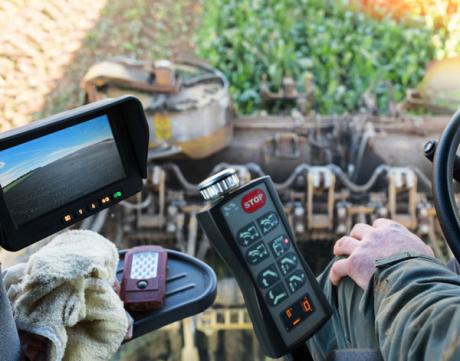
If your next project involves an integrated display, we would love to hear from you. Please get in touch to see if we can help.

